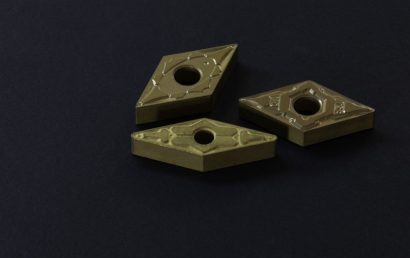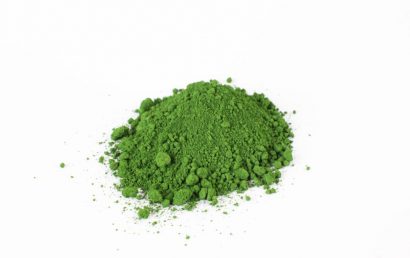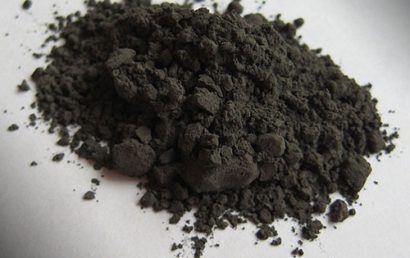What Does It Mean To Be Biocompatible?
You may have heard the term biocompatible, particularly if you have a job in the medical field. Materials with considerable biocompatibility induce no living organism response. Not in tissue, not on skin. Materials such as these are useful medically because they do not cause patient complications, long-term problems, or allergic reactions. Undesired reproductive, developmental, systemic, tumorigenic, and/or local effects are eliminated by biocompatibility. Plating helps accomplish biomedical engineering’s need for biocompatibility.
Biocompatibility Through Plating
A substance is used to coat the outermost surface of a product in the plating process. Among numerous benefits, this plating leaves the surface aesthetically pleasing, easy to clean, and safe. Biocompatibility can be achieved through various methods, in addition to plating. Another method for achieving biocompatibility, for example, is anodized aluminum.
Biocompatibility and Plating
The methods used for anodization are basically the same for plating. But rather than an oxidized coating, the final result is a metal coating. Higher rates of biocompatibility and numerous benefits are offered by plating medical equipment. Some of these are as follows:
- A radiopaque area can be created by plating.
- Catheters can be strengthened by plating.
- Welds can be made stronger by electroplating.
- Components conduct electricity and heat more efficiently.
- Corrosion does not occur as quickly.
- Components which are plated are cleaner.
Medical Devices Manufactured with Anodized Aluminum
For the manufacture of medical devices, an extremely popular choice is anodized aluminum. Here are some reasons why:
- Aluminum is recyclable.
- To tool aluminum, it does not require significant investment.
- The degree of biocompatibility is high.
- Many different types of finishes, coatings, and colors are accepted by aluminum.
- With aluminum, the achieving of extrusion geometries is very nearly limitless, thanks to its structure.
- Aluminum is lightweight.
The Medical Industry and Chromium Oxide Coatings
Though in numerous industries, chromium oxide coatings are used, these coatings are needed in the medical industry in particular. These can also be referred to as “black oxide coatings”. The most frequent processes used for the application of these coatings are as follows:
- Plasma electric arc
- Power combustion thermal spray
- Powder feedstock
- Ceramic-based feedstock
Chromium oxide coatings possess four basic features which, coincidentally, are also the biggest reasons for their usage (no matter what field/industry is being referred to). These four features are as follows:
- Superb abrasion resistance
- High chemical resistance
- Superior wear resistance
- Anti-reflectiveness
What about the medical industry in particular? Into a patient’s system, to completely eliminate the risk of chromium ion release, a precise chromium oxide coating is used on orthopedic implants. Years ago, corrosion was a huge problem with things like hip replacements. Patients were experiencing adverse health effects that had everything to do with the metal on metal situation created. These unfortunate individuals experienced pseudo-tumor formation, pain, and inflammation as side effects of the corrosion that was taking place within their bodies!
Clearly, chromium oxide coatings are nothing less than a godsend where the medical community is concerned.
Testing for Biocompatibility
A multi-point, rigorous series of tests is undergone by parts to determine whether or not they qualify as biocompatible. Examples of these tests are as follows:
- Reproductive and developmental toxicity
- Carcinogenesis bioassay
- Hemocompatibility
- Implantation tests
- Genotoxicity
- Sub-chronic toxicity
- Acute systemic toxicity
- Irritation tests
- Cetacean assays
- Cytotoxicity
Concerned about Biocompatibility? Contact A&A Coatings
Contact us today and ask one of our A&A Coatings experts to advise you as to how biocompatible coatings can benefit your industry.



